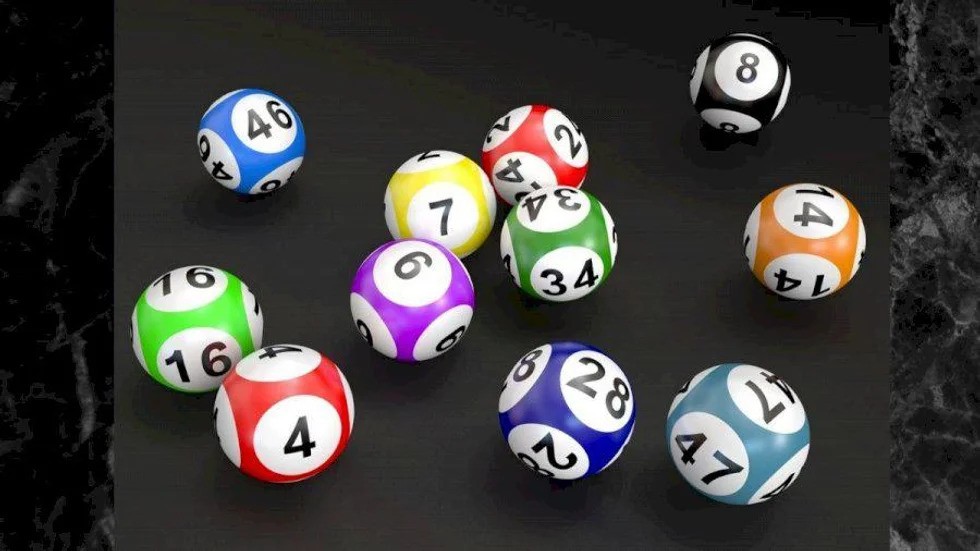In the realm of games of chance, whether it’s the lottery, bingo, or raffles, understanding the statistics behind live draws is essential. The allure of these draws lies in the excitement of unpredictability, but beneath the surface, there’s a world of numbers and probabilities at play. In this blog post, we’ll delve into the intricacies of live togel singapore statistics to shed light on what really happens when those balls start rolling or numbers start popping up.
The Anatomy of a Live Draw
Firstly, let’s break down the basics. A live draw involves the random selection of numbers or symbols to determine winners. These draws can vary widely in format and scale, from televised lottery draws with millions of dollars at stake to small community raffles.
The fundamental principle underlying live draws is randomness. The process should be unbiased and unpredictable, ensuring that each participant has an equal chance of winning. Achieving true randomness is crucial to maintaining the integrity and fairness of the draw.
Probability and Odds
At the heart of live draw statistics are concepts of probability and odds. Probability deals with the likelihood of an event occurring, while odds represent the ratio of the probability of success to the probability of failure.
For instance, in a standard 6/49 lottery draw where players choose six numbers from a pool of 49, the probability of winning the jackpot with a single ticket is approximately 1 in 14 million. Understanding these probabilities helps players make informed decisions about their participation and manage their expectations realistically.
Random Number Generation
The method used to generate random numbers is critical in live draws. Traditionally, draws relied on physical objects like balls, cards, or wheels to introduce randomness. However, modern draws often employ computer algorithms to generate random numbers electronically.
These algorithms undergo rigorous testing to ensure fairness and randomness. One common technique is the use of pseudo-random number generators (PRNGs), which produce sequences of numbers that mimic randomness but are deterministic in nature. True randomness, on the other hand, is difficult to achieve algorithmically and often relies on external sources of entropy, such as atmospheric noise or radioactive decay.
Analyzing Draw Patterns
Despite the randomness inherent in live draws, participants often look for patterns or trends in past results in an attempt to predict future outcomes. This phenomenon, known as the gambler’s fallacy, stems from the belief that previous events influence the likelihood of subsequent events.
However, each draw is independent of past draws, and the probability of a particular outcome remains constant regardless of past results. Recognizing this principle is crucial for maintaining a rational approach to gambling and avoiding common cognitive biases.
